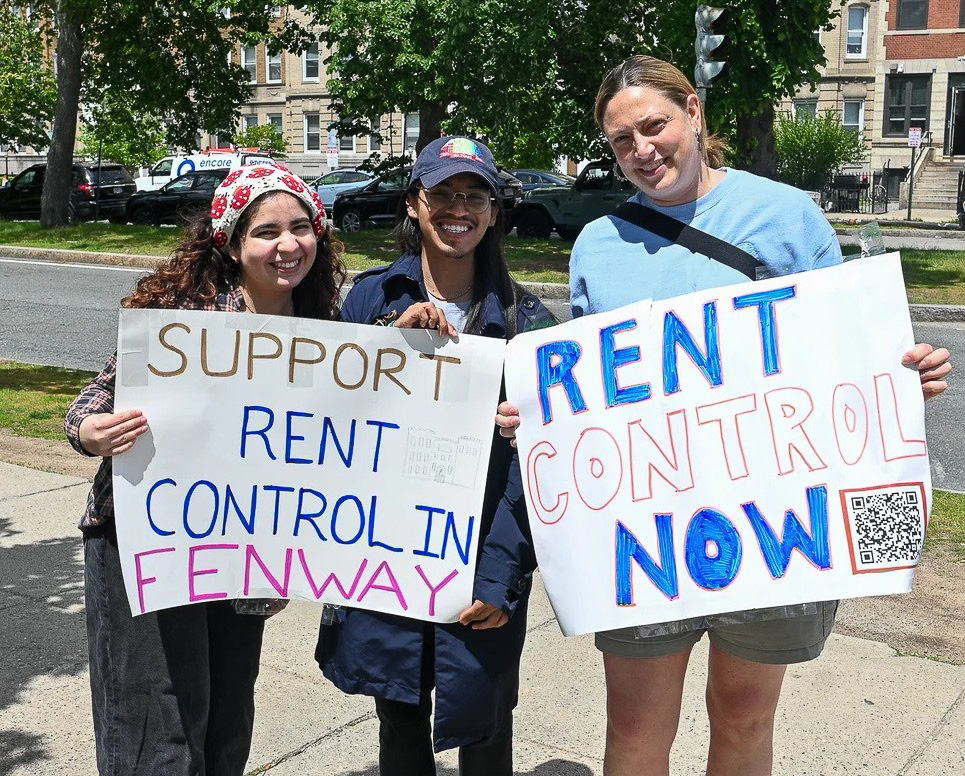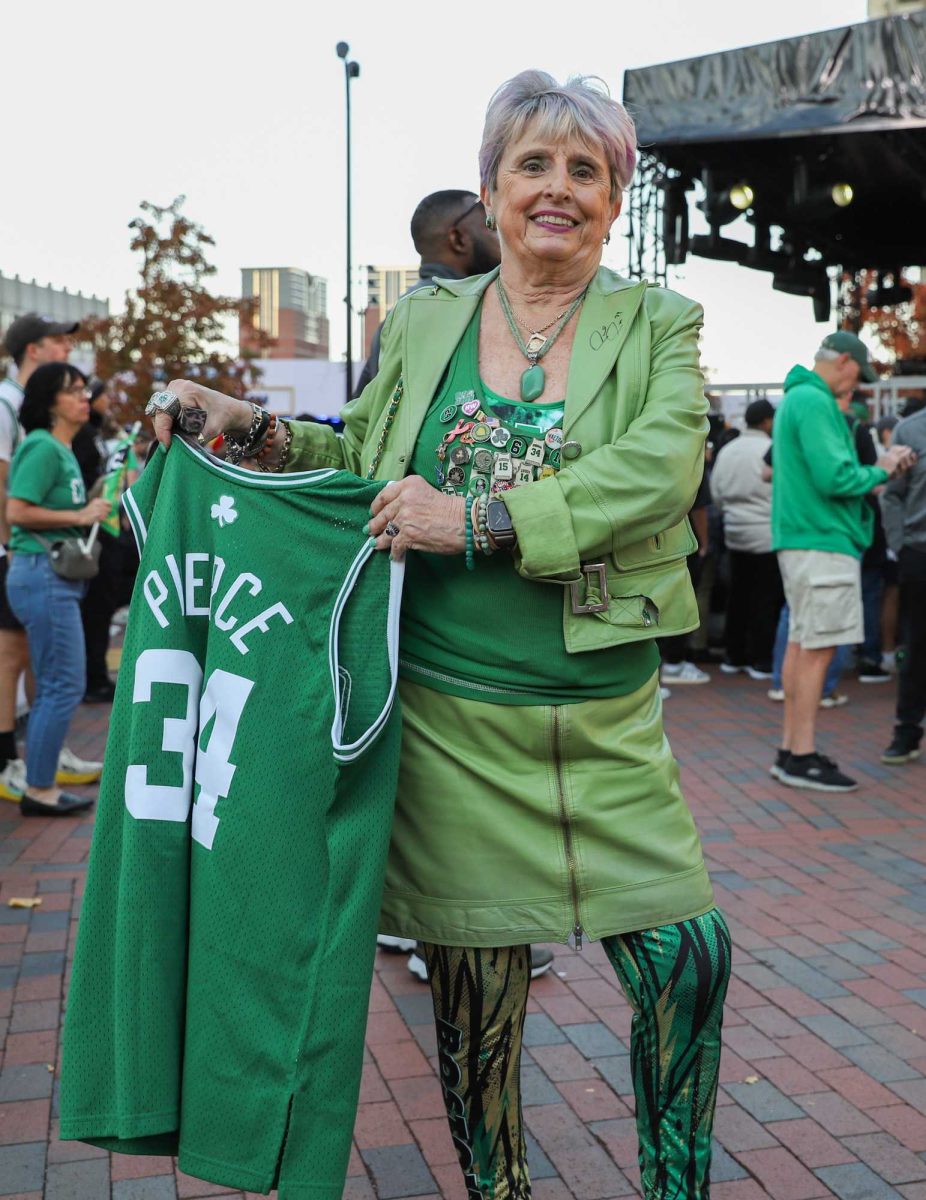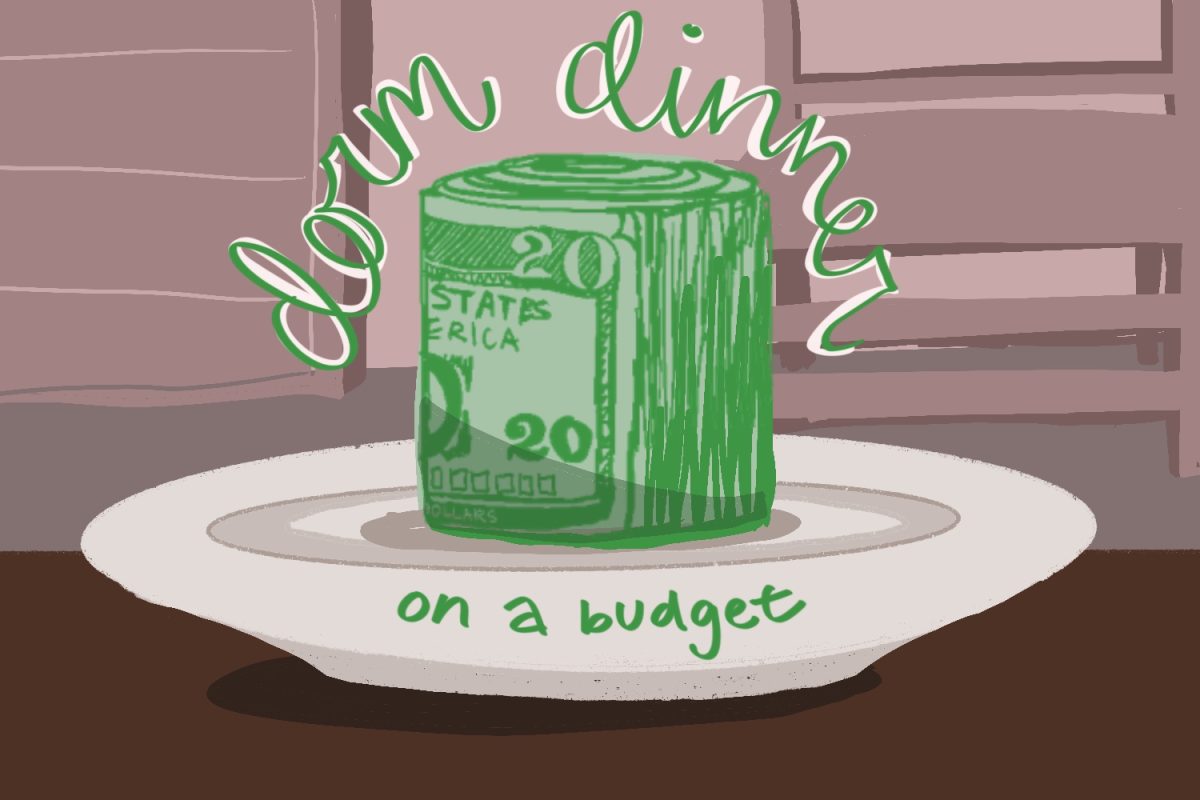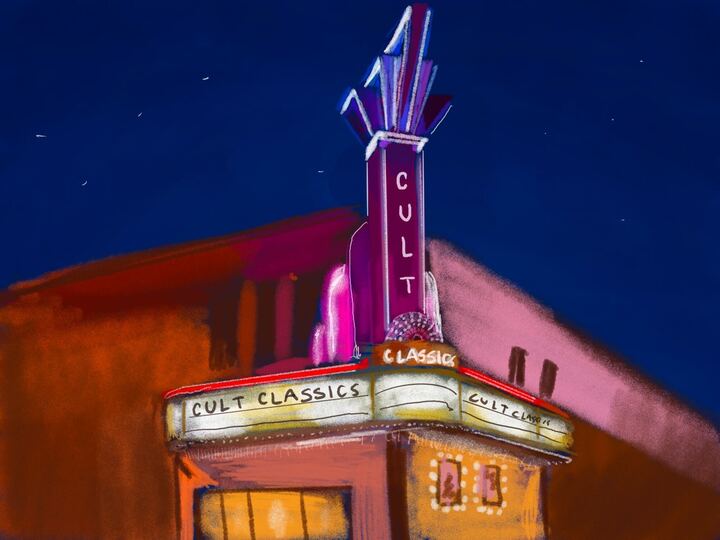Horror films often build their scares around what’s concealed within their environment. Filmmakers use editing and cinematography to construct a sense of spatial continuity within a scene, but in horror films, they can intentionally undermine these conventions to create subconscious discomfort.
A film often elevates our sense of terror by scaring us within a space of comfort, such as the bathroom. If a threat is manifested within the bathroom, it destroys our understanding of it as a universal place of vulnerability.
Many horror movies capitalize off of our instinctive perception of the bathroom as a protected space, one which we can be defenseless within. In body horror films like “Titane” or “Black Swan,” a bathroom’s four walls condone a space of self-harm and transformation for the sake of either actualization or destruction.
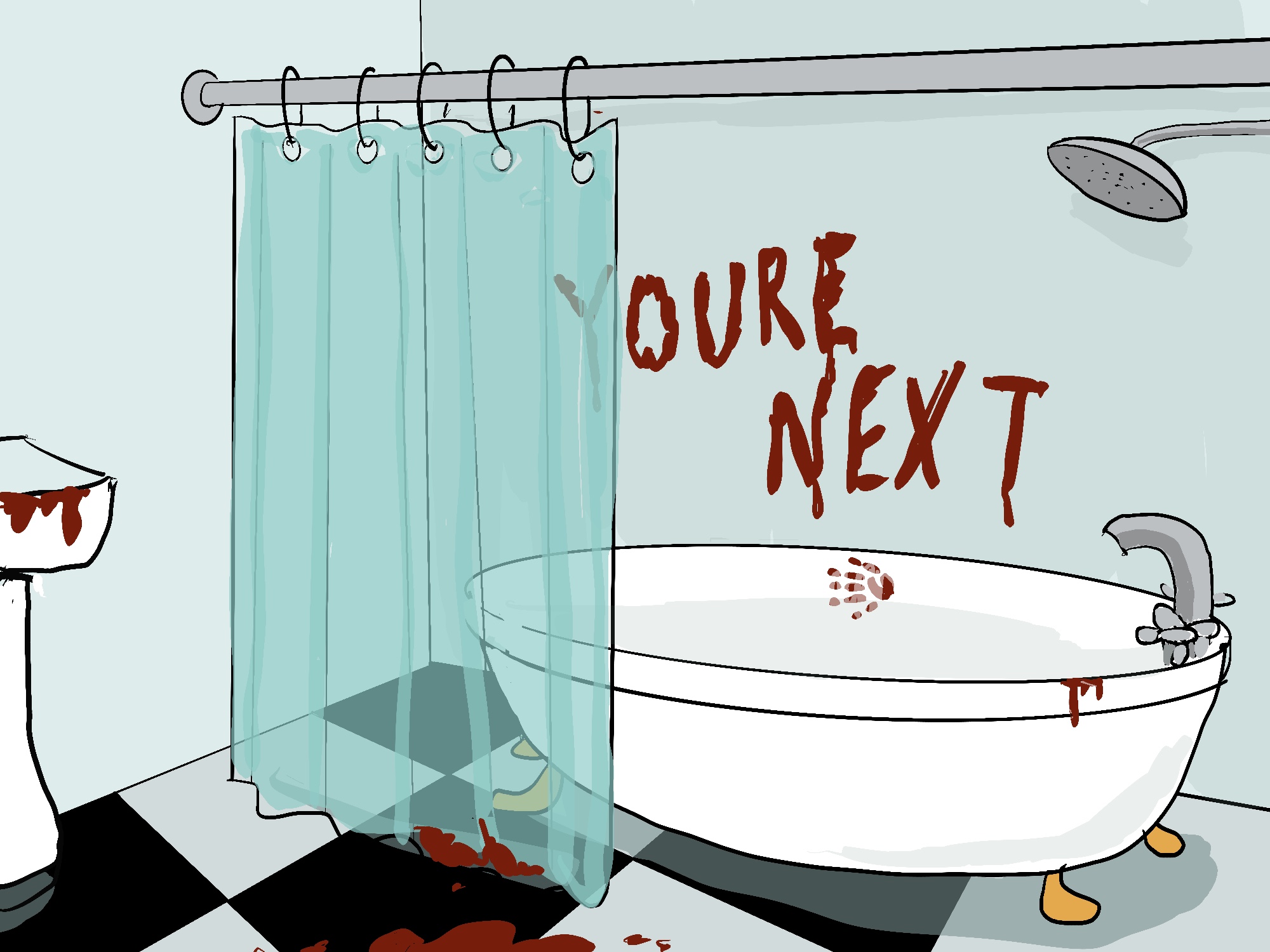
The allegorical horror in “Titane” uses the bathroom as a site to explore the constrictions the gender binary puts on the body. “Black Swan,” which follows a ballerina’s self-destructive journey for stardom, transforms the bathroom into an isolated area of physical distortion and delusion.
“The Substance,” a recent horror hit that tracks a fading TV star’s fight with unattainable beauty standards, similarly designates the bathroom as a place for violence, in which the greatest threat to the body is the power of its owner’s judgment. The four walls may protect us from the scrutiny of the rest of the world, but they also make us defenseless against our own gaze, which frequently leads to complete physical destruction.
The bathroom can also be a place of accidental discovery. In “Witness,” the non-threatening nature of the space is turned on its head when a young Amish boy witnesses a murder, turning a private space into an exhibition of heinous behavior. Similarly, in “The Substance,” the main character’s self-destructive spiral is catalyzed by what she overhears her boss say while she is concealed in a bathroom stall.
The isolation of the bathroom makes way for self-discovery as well. In “The Shining,” which follows a hotel caretaker’s spiral into insanity, the bathroom is a central space of realization. There, main character Jack Torrance encounters an alluring and shapeshifting ghost who disarms him with the eerie truth about his role in the hotel’s history. It becomes a site of confrontation with his own psyche, a sobering space within an otherwise labyrinthine building.
In the uneasy world of “The Shining,” we also see the bathroom used in its most conventional horror sense — a space imposed upon by a threat. In perhaps the most iconic horror scene of all time, an abusive and hostile Jack breaks through a bathroom door with an ax and pushes his face through the hole, screaming, “Here’s Johnny!” at his terrified wife.
In these instances, it matters less what happens in the room and more who or what violates the space. The characters embrace the safety of the bathroom, but it is diverted by some invading threat that they only become aware of far too late.
Because the bathroom can manifest the greatest threats, the space holds a great deal of social power in shaping our biases. Films that use an exterior threat to destroy the bathroom’s intimacy often frame the encounter through a lens of innocence of predation. In “A Nightmare on Elm Street,” Nancy falls asleep in the bathtub, leading to the famous shot of Freddy Krueger’s knifed gloved hand emerging from the water between her thighs, implying a physical or sexual violation of her body.
But of these films that feature predation in the bathroom, none is more iconic than Alfred Hitchcock’s “Psycho.” Marion, on the run for stealing from her boss, is stabbed to death in a motel shower by the owner, Norman Bates, while he is dressed as his mother.
“Psycho” was the first of many films to use the trope of a cross-dressing killer. By making a bathroom the scene of the crime, “Psycho” codified a panic of seeing androgyny or transness as not only a threat, but as a violating force in a space where women are most vulnerable — a trope that has become a transphobic talking point today.
The intimacy of the bathroom lends the site immense power in creating social norms and prejudices. There is an undeniable power to the vulnerability of this space, and how we use it to shape predator and prey relationships influences the reality of social dynamics.
The horror film’s bathroom is a malleable place, one that we can use to justify bias, as seen in “Psycho,” or that we can use to condemn these harmful standards, as seen in “The Substance.”
What happens on screen in the shower, the tub or the mirror has striking implications for our real-world anxieties and the consequences of the space cannot simply be confined within four tiled walls.

